This is the EN-V concept car, an upright two-seat urban runabout that promises a brighter, cleaner, cleverer and more convenient future for the city car.
Hailed as General Motors's most significant concept since the Chevrolet Volt, the EN-V has been designed and developed with its Chinese joint venture partner SAIC.
See pictures of the GM EN-V concept car pictures
Matt Saunders blog: Up close with the car of tomorrow
Three versions of the EN-V concept car have been designed, but each is based on the same mechanical platform. Each is roughly six feet tall, four feet wide and four feet long.
Each variant seats two occupants side by side and has a wheel at both ends of the lateral centre line of the car. Each wheel is powered by a 3kW electric motor drawing power from a battery of lithium ion cells.
GM says the EN-V will do around 25mph flat out and has a 25-mile range on a full charge, but claims that both of those figures will be sufficient to make the car suitable for use in traffic-jammed 21st-century cities, where you could fit four EN-Vs into the same road space taken up by a typical family car.
This concept has been three years in the making, and adopts Segway mechanicals as the basis for its propulsion system. However, unlike on a Segway, where the rider controls forwards and backwards movement of the vehicle using just his balance interpreted by a series of gyroscopic sensors, the EN-V’s driver sits normally, using a by-wire steering system, hand-operated accelerator and brake.
That’s because the EN-V automatically shifts its weight front to rear by electrically adjusting the position of its body relative to its chassis below. It therefore has the ability to instinctively and automatically balance on only one axle like a man on a unicycle, and is much more manoeuvrable than cars with two axles. It can turn 180 degrees within its own body length, and be parked in the most restricted urban spaces.
The EN-V is also capable of both ‘vehicle-to-vehicle’ and ‘vehicle-to-network’ communication, and can read, interpret and understand both its location and the road ahead using its GPS system, as well as various transceivers and cameras on its body.
The EN-V can be ‘fully autonomous’: it could drive you 10 miles to work, drive itself home again to charge, and be back to collect you at 6.00pm. Thanks to its ‘vehicle-to-network’ connectivity, you could even work while it drove you home.
The EN-V’s ‘vehicle-to-vehicle’ communication system also means that it could adjust its route to work on the strength of traffic information supplied by another EN-V stuck in traffic further down the road. Alternatively, it could ‘platoon’ with other EN-Vs headed in the same direction at the same time on the same road: in effect, drive in an automatically governed close convoy to reduce drag and save energy.
The car also has the latest electronic crash detection and avoidance systems. As a result it should be impossible to crash, and for that reason, needs no crash protection structures. So it’s made of lightweight plastic and carbonfibre and weighs less than 400kg, even with its relatively heavy electric motors and batteries accounted for.
The three versions of the EN-V on show in Shanghai are called Xiao, Jiao and Miao. Each was designed at a different global GM design studio, and shows a different side of the EN-V’s personality.
All of the cars were engineered, developed and finished by GM’s Advanced R&D team in Michigan, USA, under the direction of Briton Chris Borroni-Bird.
"Our brief was always to create a far-off concept car with the EN-V," says GM international operations design vice-president Ken Parkinson. "There would be serious questions to answer before we could put it into production tomorrow, about safety and infrastructure and product liability primarily. We’re working to answer those questions."

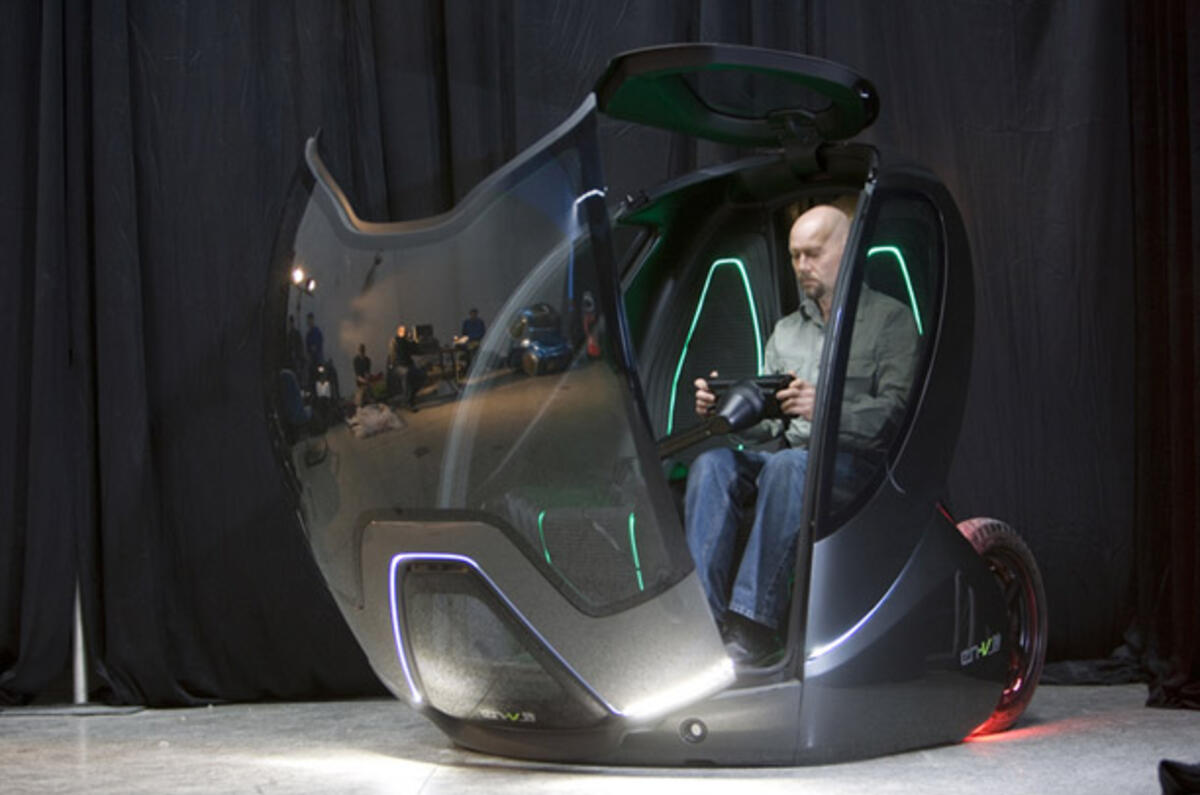
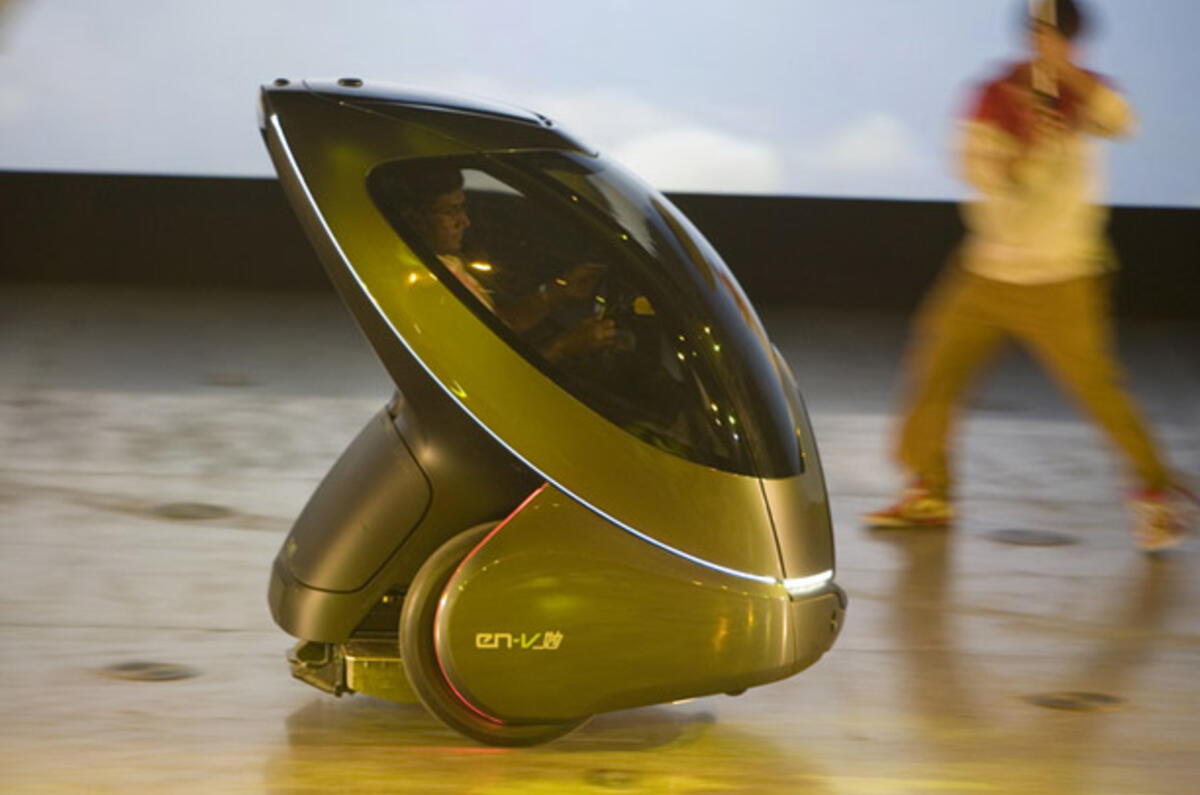
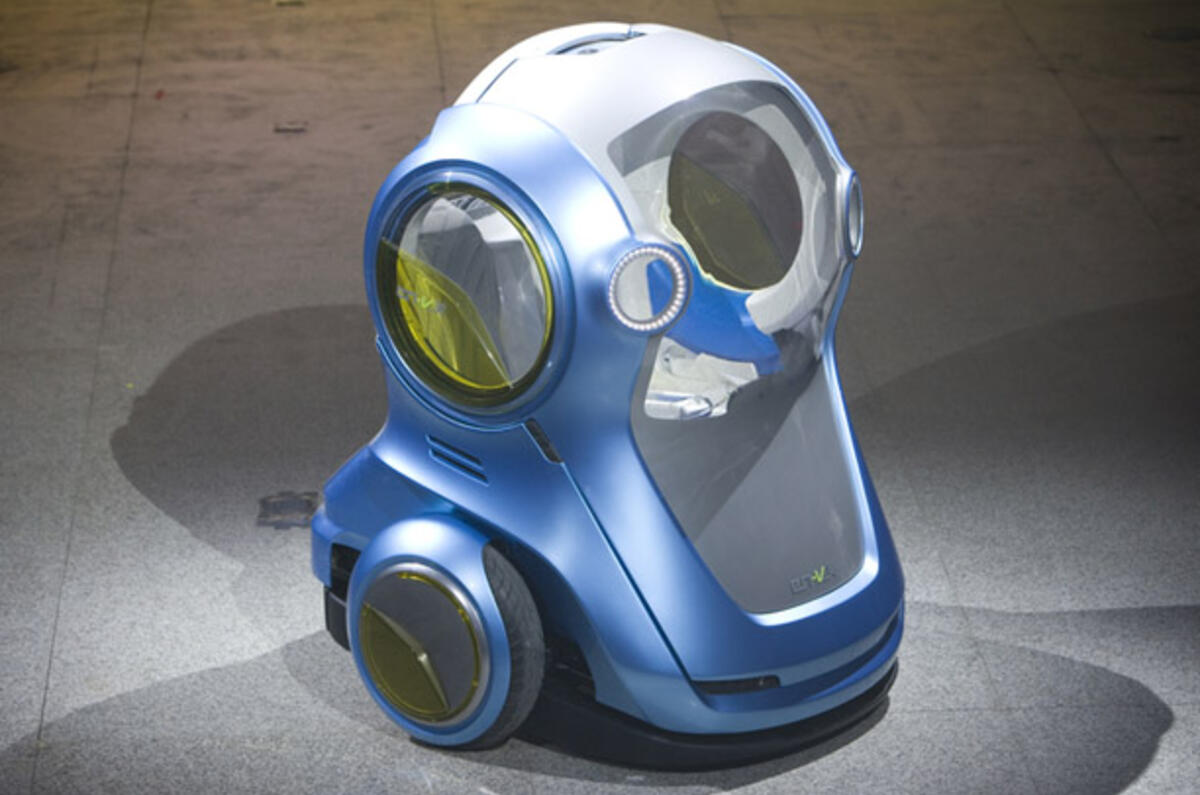

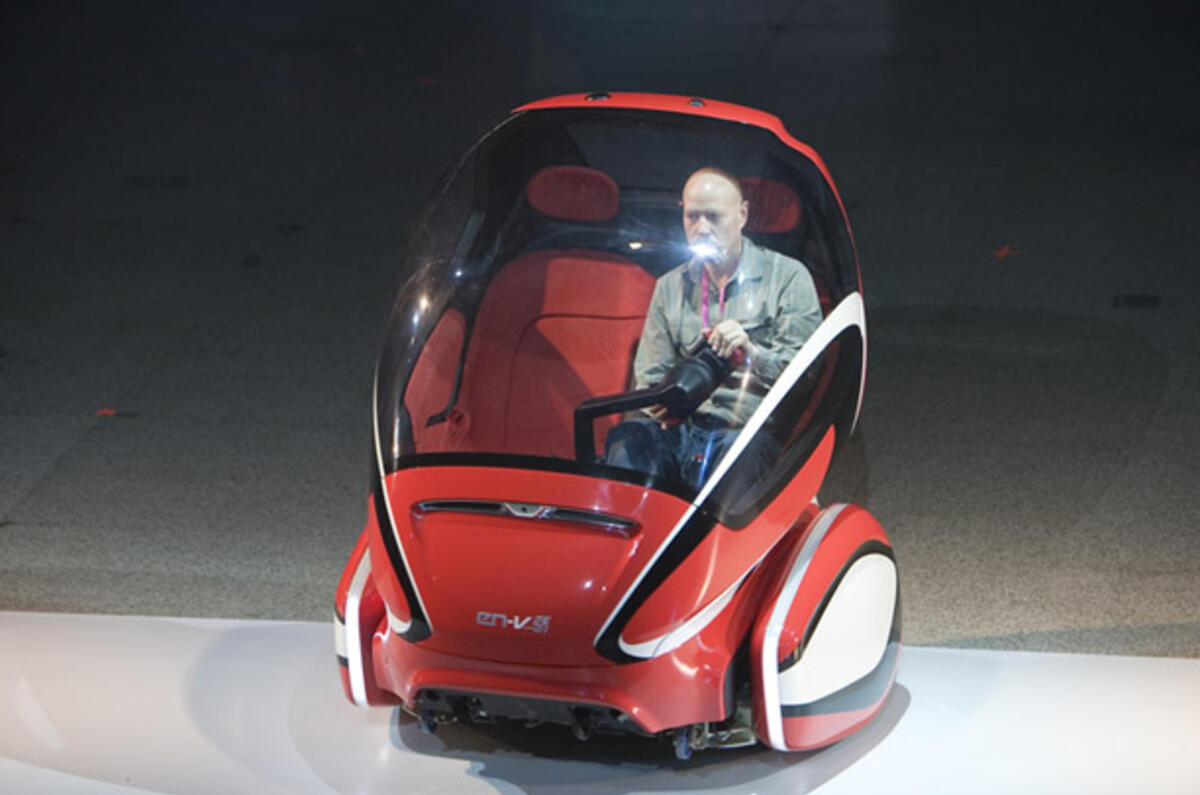
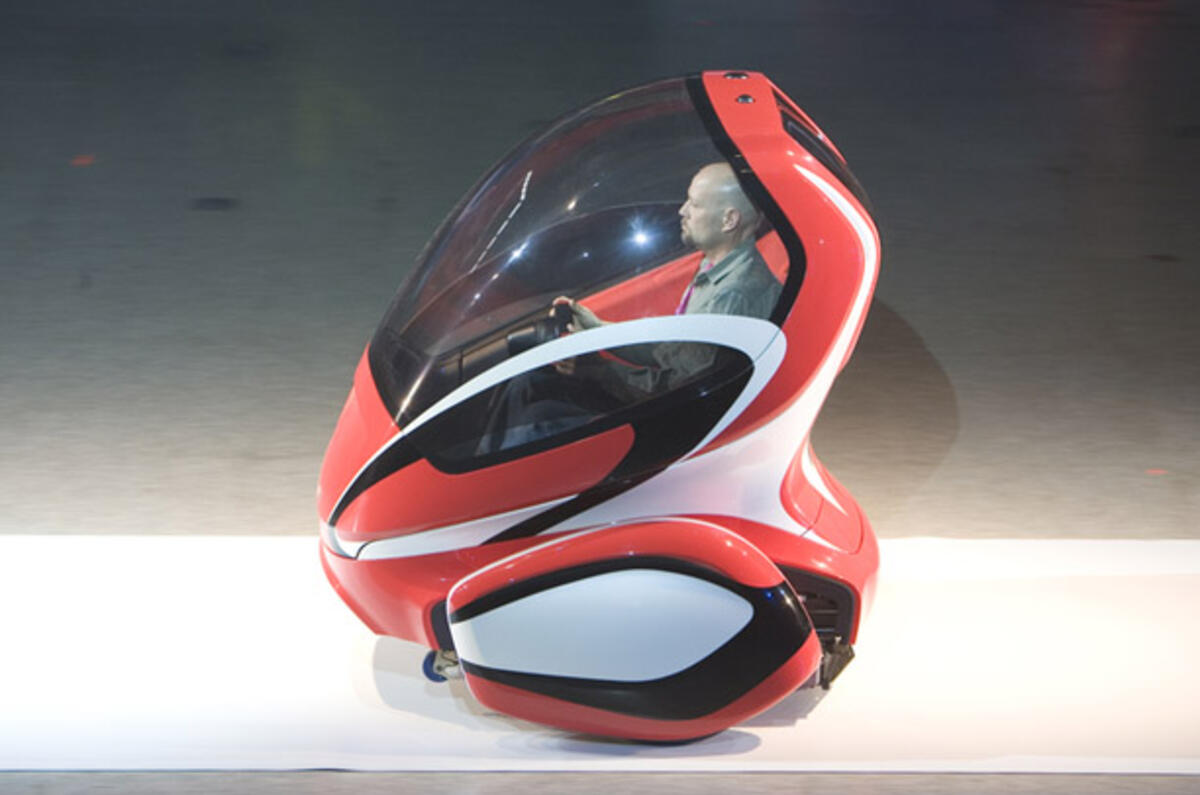

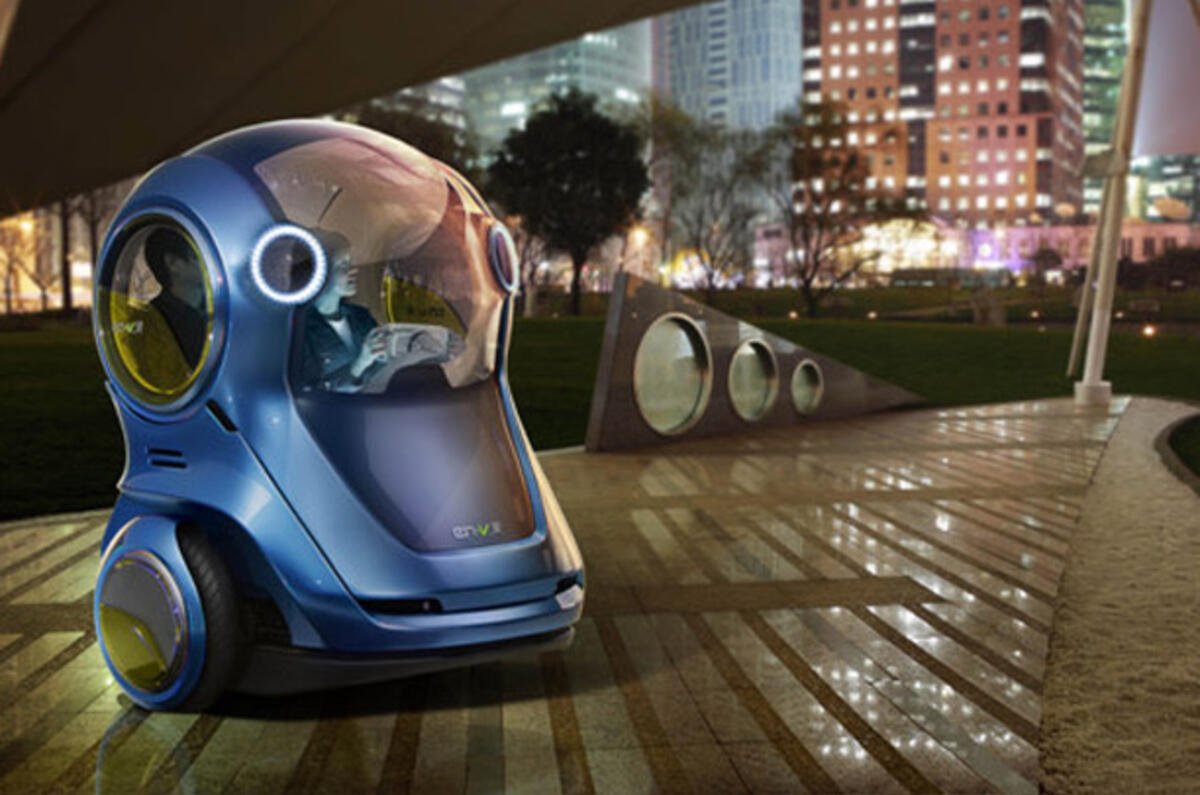
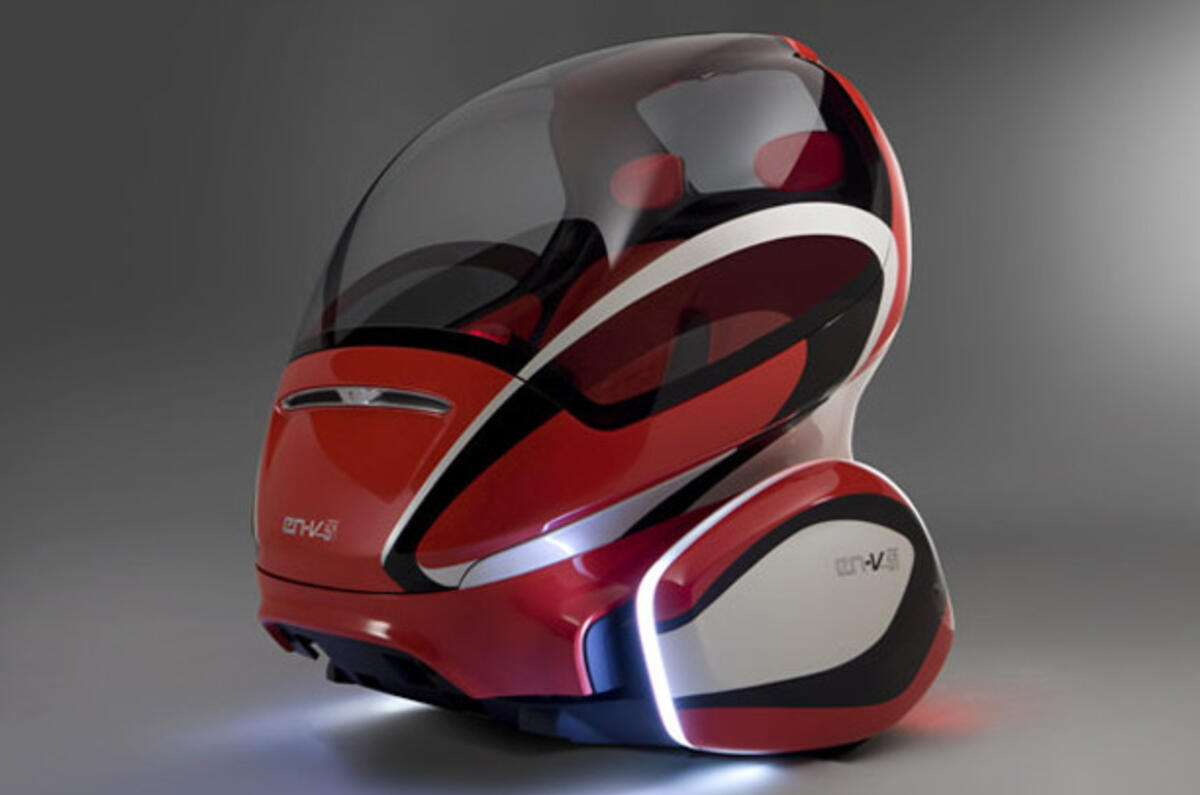
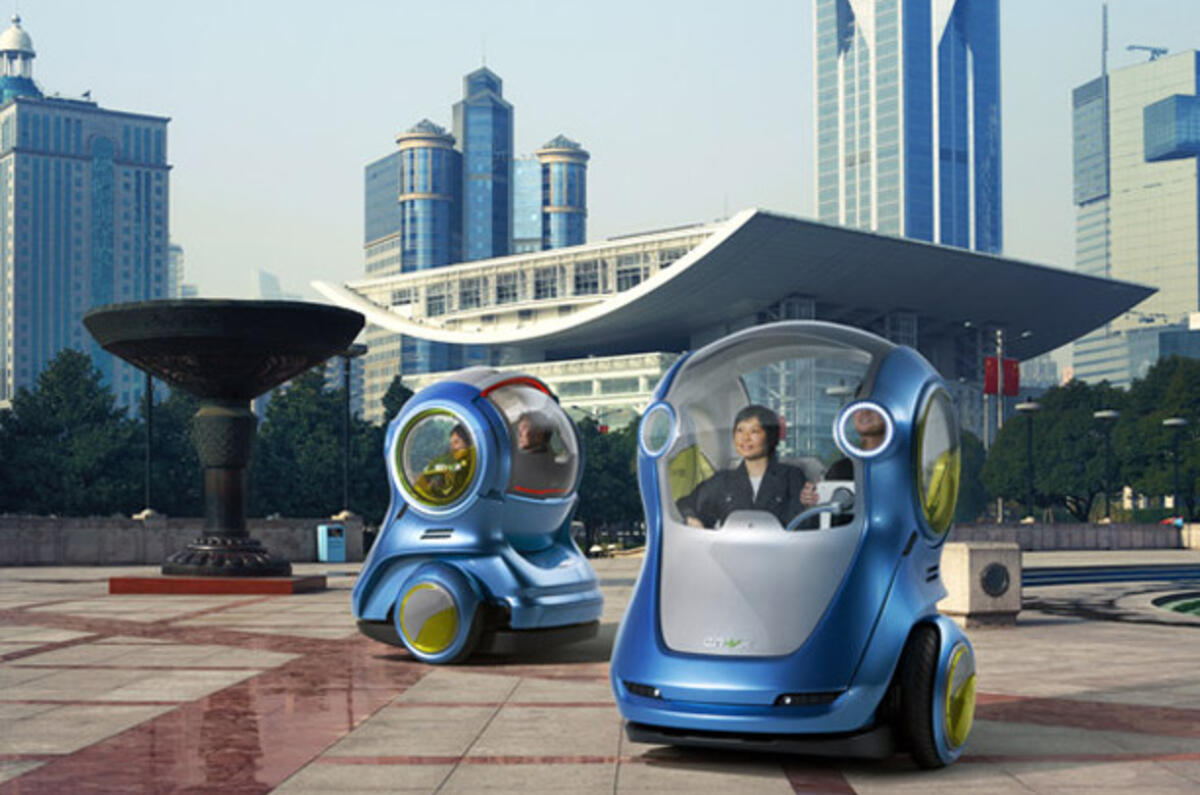
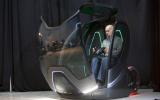
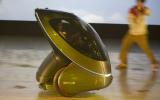


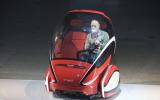
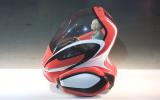






Join the debate
Add your comment
Re: GM EN-V concept revealed
styling = helmet.
Utter nonsense. This concept only works if everyone drives (not sure drive is the right verb any more) one. Another thought - how does it deal with speed bumps / potholes, and can it use the cycle lane?? ;-)
Re: GM EN-V concept revealed
Re: GM EN-V concept revealed